Cultural Analysis of Advertising Texts: Chanel N°5 – The One That I Want – 2014 (Kwitonda, 2020) #case
1 // #culturalstrategy “Cultural Analysis of Advertising Texts: Chanel N°5 – The One That I Want (2014)”.
12-12-2020, Céline Kwitonda (guest writter/MA student).

Fonte: Canal Youtube da Chanel
What are the main networks of association present in the advert?
There are three networks of association in this advert.
The main one is the product itself. Throughout the years, Chanel N°5 has established itself as a classic perfume, a staple that should be part of any woman’s beauty routine.
The second one is the number 5, that is present from the beginning to the end of the advert (the big N°5 sign in the street and on the photoshoot set, on her wetsuit, on her earrings, in the back of her dress, on her keychain).
The last one is the Chanel logo that can also be seen throughout the advert (on the board, on the pillow, in the street and on the photoshoot set, on her keychain).
Read the three main connotative signs and the total connotative advertising sign.
Woman: the main character of the advert. She is multi-faceted: a lover, a mother, a working woman and one who enjoys leisure (surfing).
Man: the main character’s love interest.
Perfume bottle: the product itself. She uses it when she is getting ready for work: it acts as a beauty tool, as well as an intergenerational object. She is getting ready with her daughter who sees her as a role model and who might one day use the perfume, just like her mom. It creates a sense of connection.
Song: the lyrics of the song are very telling of the situation. She is a woman who is balanced and has a full life: she has a career, takes the time to enjoy her hobby/passion and is a happy mother.
In the commercial the lyrics have changed from “’Cause I need a man” to “’Cause you need a man”. Her lover does not see where he fits into her life and seems to be asking her to compromise or sacrifice something for him. She however flips the situation, as she needs him to step up and rise to her level, because she is not compromising on any of those things.
Total connotative advertising sign: Chanel is the brand for empowered women who know what they want and go after it.
Does the advert addresses urban tribes? Which one(s)?
The advert addresses two tribes:
- Surfer tribe.
- Glamour/Glamorous tribe.
What are the present elements that underline the association with tribes?
Surfer tribe: the water, the wetsuit, the surfboard.
Glamour/Glamorous tribe: the singer, the slowed-down version of “The One That I Want”, the club, the outfits, the convertible, the microphone, the band.
Indicate the formula of this cultural expression and how tribal elements were incorporated.
To describe the formula, I will proceed by dividing the advert into parts:
- A close-up on water, then the scene changes to a woman running in the street.
- A woman is coming out of the water on a surfboard.
- The scenes go from the woman in the water to a singer performing in a club and ultimately a man attending the performance.
- The woman comes out of the water and onto her surfboard. In the distance she sees the man we saw at the club standing in her/their villa. They stare at each other and she surfs back onto the beach while he leaves her a note on a table and leaves the villa.
- She climbs up the stairs and sees him leave in a car.
- We see the man at the club on the balcony, he looks distraught.
- Back to the villa, where a little girl followed by an older woman appears. We assume the little girl is the main character’s daughter. The girl runs to the younger woman, they hug, and the woman notices the note on the table.
- She does not read it, but instead gets ready with her daughter and uses the Chanel N°5 perfume.
- We meet the woman again at her job, on a set. She finally reads the note and leaves the set.
- She drives in a convertible on a bridge to go meet her lover. The note is on the passenger’s seat with a perfume bottle.
- She gets to the club and finds her lover, they stare at each other, kiss, then smile.
Tribal elements were incorporated through:
| Surfer tribe | Glamour tribe | |
| Clothing | Wetsuit | The clothes they wore at the club |
| Objects | Surfboard | Microphone/Convertible |
| Places | Water/Beach | Club/Set |
| Other | Song |
.
.
Referências e Quadro Conceptual-Metodológico das Análises
Barthes, R. (1972). Mythologies. Traduzido por Annette Lavers. New York: Noonday.
Cova, B. e COVA, V. (2002). Tribal Marketing: The tribalization of society and its impact on the conduct of marketing. European Journal of Marketing, special issue on Societal Marketing in 2002 and Beyond.
Holt, D. (2004). How Brands become Icons: the principles of cultural branding. Boston:
Harvard Business Review Press.
Holt, D. e D. Cameron (2010). Cultural Strategy: using innovative ideologies to build
breakthrough brands. Oxford: Oxford University Press.
Oswald, L. R. (2015). The Structural Semiotics Paradigm for Marketing Research:
Theory, Methodology, and Case Analysis. In Semiotica, 205-1/4.
BACK TO HOME PAGE BACK TO CONTENTS
.



